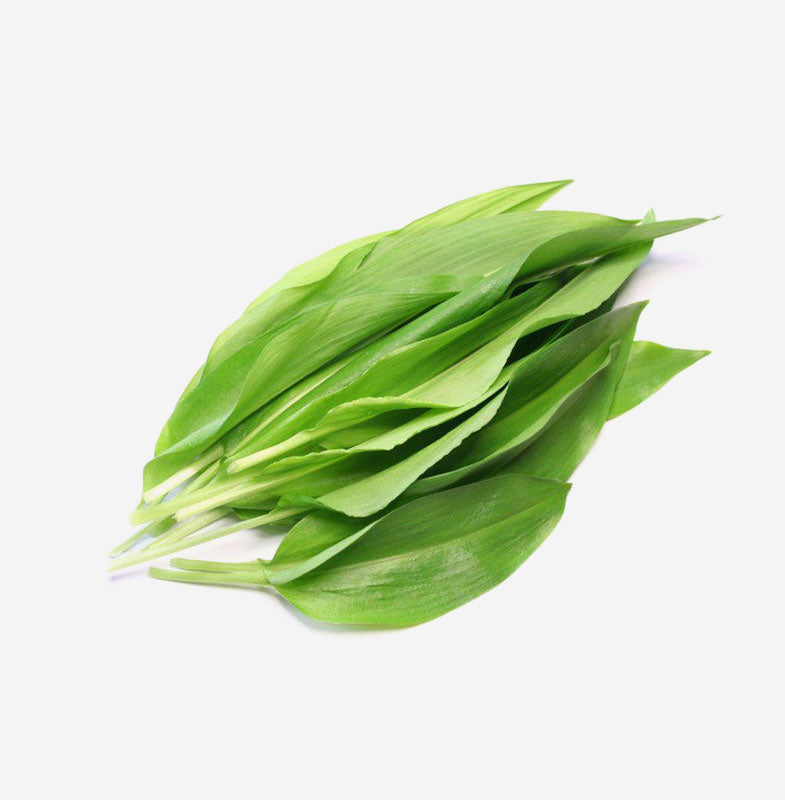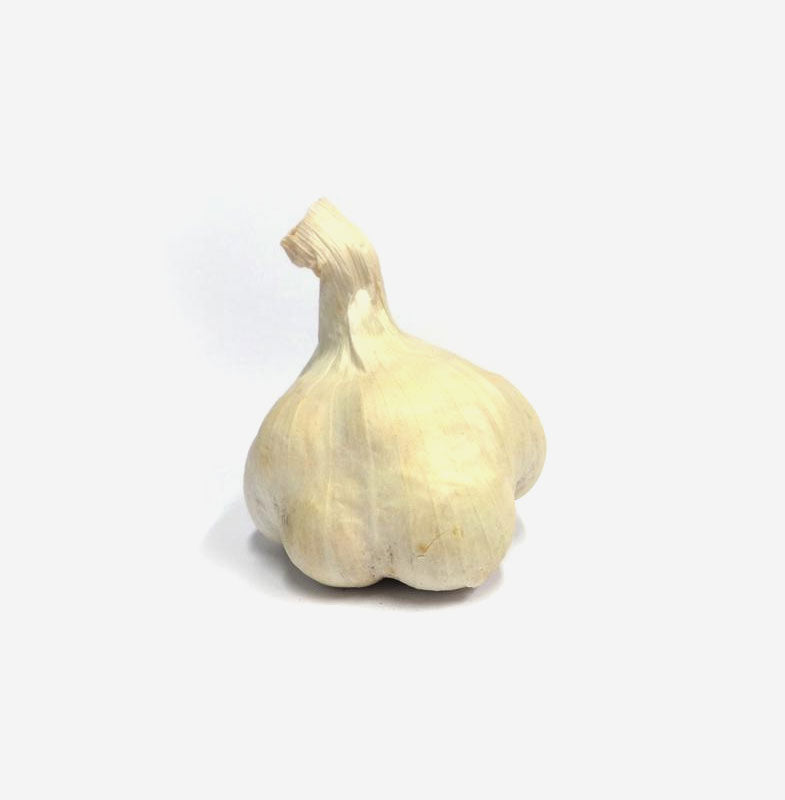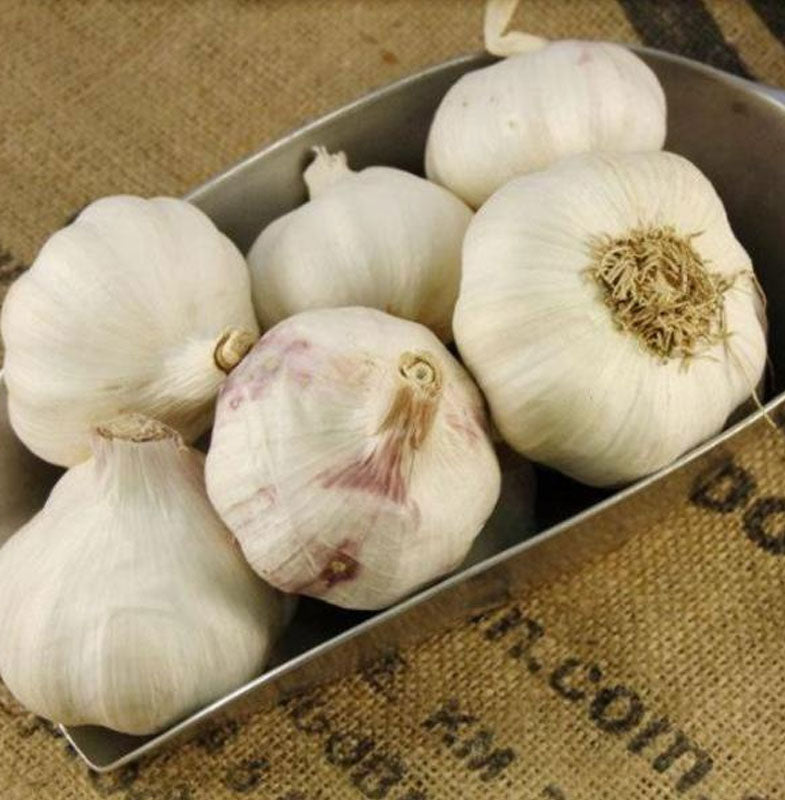Eggplant is also known as aubergine. It is very common in southern European countries and is used in many traditional recipes; Greek - moussaka, French - ratatouille, Indian – baingan bharta, and Turkish - imam bayildi. It is actually a fruit, and contains many fine seeds. It has a mild taste and is typically cooked with stronger flavours such as garlic, tomatoes, onions, herbs and spices. Several varieties of eggplant are available in New Zealand. Skin colours range from deep purple, almost black, light purple with creamy streaks to an all white. Sometimes a green-yellow ‘banana’ eggplant and Thai green eggplants no larger than marbles are available. Shapes vary from the commonly found pear-shaped to long and thin cylindrical shapes. Growing conditions can affect the colouring; for instance, a white eggplant may be all white if grown indoors but would have purple streaks if grown outdoors. The deep purple pear-shaped eggplant is the most common variety. White eggplant, which is about the size of a small mandarin can be eaten raw. It may be served with Thai meals and tastes similar to beans. The long thin purple Japanese eggplant, also tastes similar to a bean and is often stir fried with oyster sauce.
There is a basic, first situation when it’s not a good idea to do intensity prescriptions. That’s when the lifter is a newbie. And there are two really simple reasons for that. First is, that such powerlifters either don’t have 1RMs to base the on or the 1RMs they have are not correct. The latter reason occurs due to a mix of multiple factors. Such as limited technical ability, limited mobility, poor neurological efficiency, and the weak power of will. Secondly, new powerlifters usually progress very quickly to the next routines of the
There are millions of ways on how to compose good weightlifting workout programs. Some coaches stay true to few basic plans on such training. They simply tweak them to be fit for different skills and experience levels. But we are sticking to quite a different plan. We put our focus on intensity (actual weights) prescriptions for any specific powerlifter. I personally am sure there are times when both approaches are applicable, even within the same workout session…
















